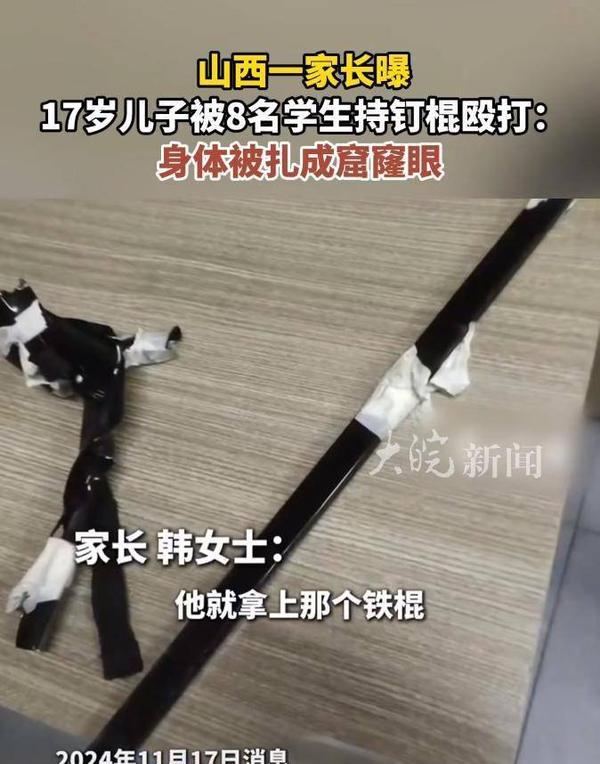School Violence in China: 8 Students' Nail Club Attack Sparks Outcry
A 17-year-old student at Zuosheng Art Training School in Shanxi, China, was hospitalized after being beaten with nail-embedded clubs by 8 fellow students, following what began as a verbal dispute. The school’s dismissive response claiming ‘no serious injuries’ has ignited public outrage.

The recent violent incident at a training school in Shanxi Province has highlighted the ongoing issue of school violence in China and institutional responses to such incidents. The attack occurred after what was initially a verbal altercation between two students that had supposedly been resolved.
The severity of the assault is particularly concerning. Eight students participated in beating their peer with clubs embedded with nails, causing puncture wounds to the victim’s head, face, and neck. Despite these serious injuries, school officials characterized the incident as minor, claiming the student suffered “no serious harm” - a response that has drawn sharp criticism from the public.
According to police reports, four of the eight attackers were already 18 years old, making them legally adults under Chinese law. This fact has significant legal implications, as they could face criminal charges for intentional assault rather than being treated as juvenile offenders.
The case exemplifies several troubling patterns in how educational institutions handle violence:
-
Institutional Minimization: Schools often downplay serious violent incidents to protect their reputation, prioritizing institutional interests over student safety.
-
Inadequate Response: The tendency to treat violent assaults as mere “student conflicts” rather than criminal behavior requiring law enforcement intervention.
-
Power Dynamics: Victims and their families often face pressure to accept mediation rather than pursue legal action, even in cases of serious assault.
The public reaction has been one of outrage, with many calling for criminal prosecution rather than school-based mediation. Legal experts point out that group assault with weapons could result in serious criminal charges, potentially carrying significant prison sentences for the adult perpetrators.
This incident has also sparked broader discussions about institutional accountability and the need for systemic changes in how schools address violence. Many argue that only by treating such incidents as criminal matters, rather than internal disciplinary issues, can schools effectively deter violent behavior and protect vulnerable students.
The case serves as a critical reminder that addressing school violence requires a coordinated response from educational institutions, law enforcement, and the legal system, with a clear focus on protecting victims rather than institutional reputations.